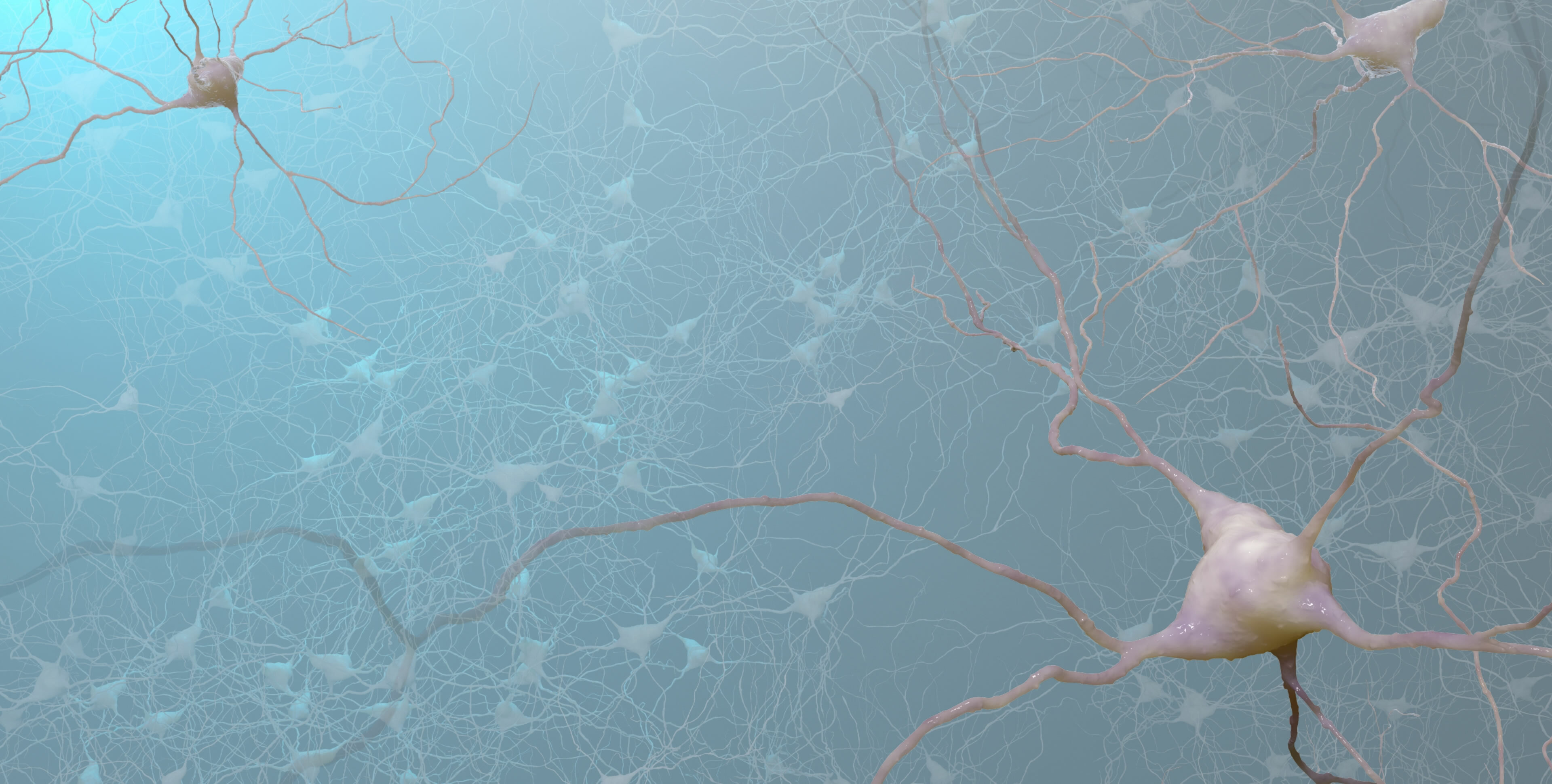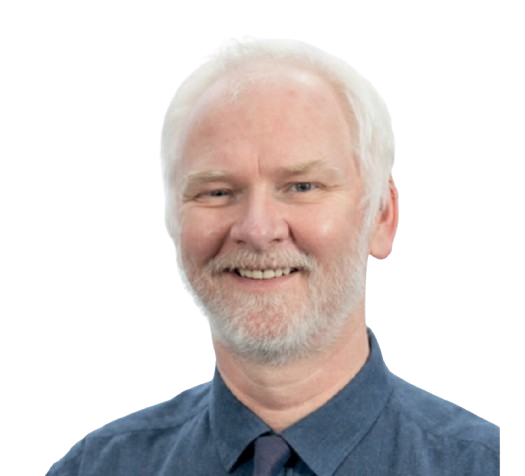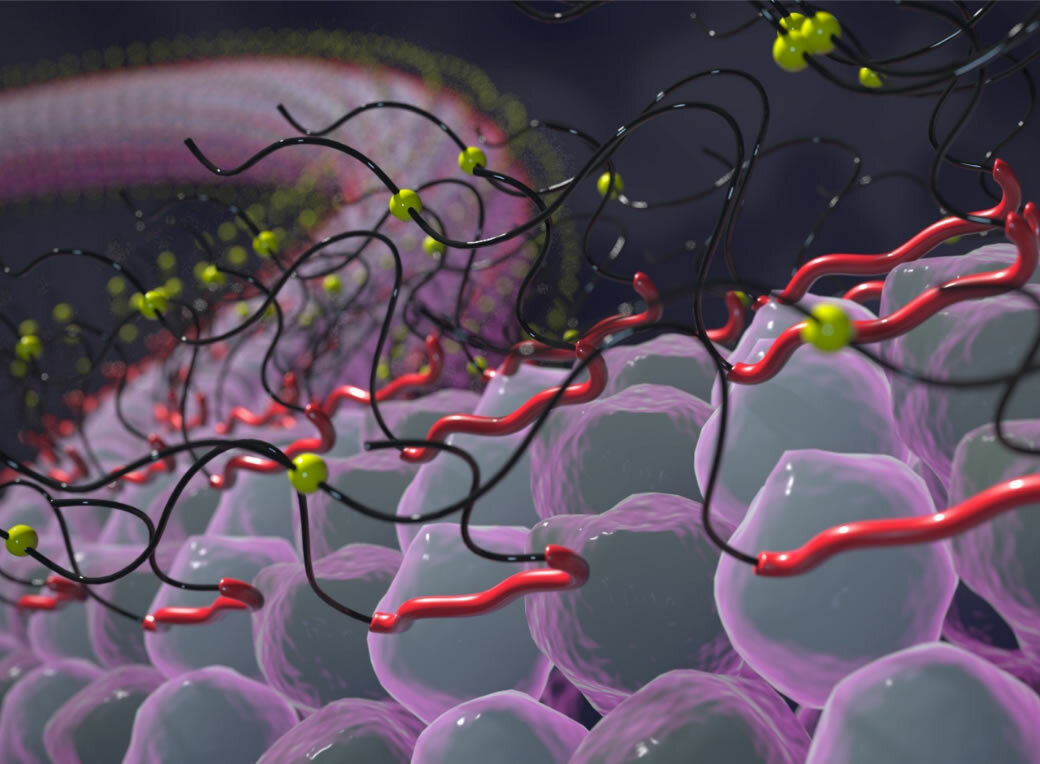Pioneering a treatment for Alzheimer’s disease
Breaking boundaries in the research, diagnosis and treatment of dementia

Working to develop a treatment for one of the world’s greatest unmet medical needs

55 million
People living with dementia worldwide
10 million
New cases globally every year
$1.3 trillion
Estimated global cost of dementia in 2019 (USD)
*Latest available statistics from the World Health Organization

Where we are today
The TauRx story so far

Provide hope for millions
Join us in changing the course of Alzheimer’s disease
For most people living with Alzheimer's - the most common form of dementia - their only option is long-term care to manage their symptoms. Following three decades of research, we are ready to commercialise what we believe is an effective treatment to change this prognosis, to give patients and their families a completely different future.














